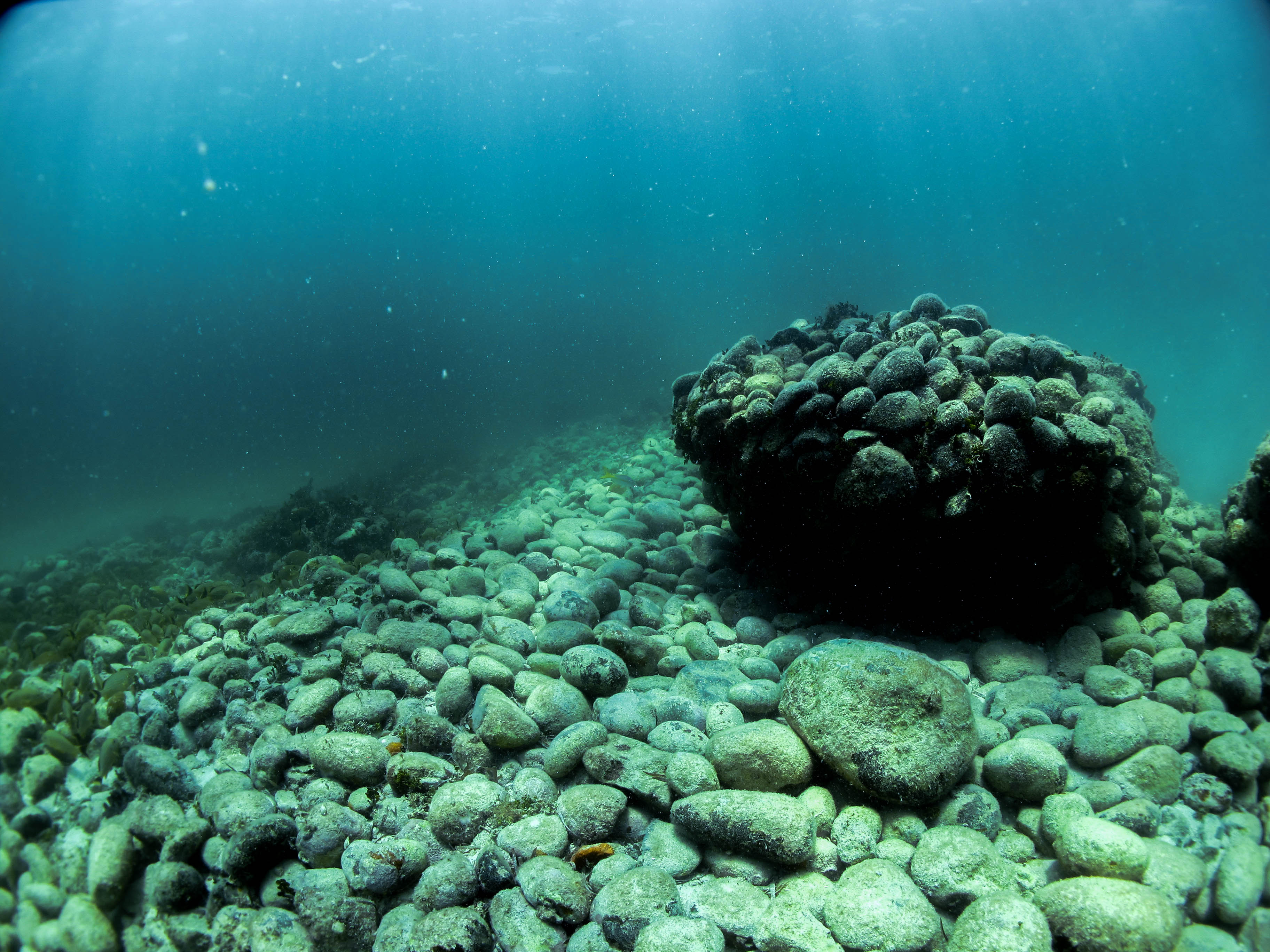1733 Shipwrecks of the Florida Keys
Captain-General Rodrigo de Torres left Havana Harbor with his fleet to return to Spain on Friday, July 13, 1733. On the voyage, the fleet encountered a hurricane as they were passing through the Florida Keys. Their attempts to turn back to Havana were futile, and most of the fleet was scattered and sunk across 80 miles of Florida coast in one of history’s most devastating maritime disasters.
Since the early 1960s, divers have located most of the wrecks associated with the 1733 fleet. However, the archaeological integrity of many of these shipwrecks have been damaged by repeated attempts at treasure hunting and looting.
Indiana University has worked closely with the National Oceanic and Atmospheric Administration (NOAA) over the last 30 years to document and monitor several of these sites, including the San Felipe and San Pedro.The Center for Underwater Science is currently partnering with the Florida Keys National Marine Sanctuary to return to these sites and examine both human and environmental impacts over time on the cultural and biological resources of the 1733 shipwrecks. This comparative data is of paramount importance to tracking changes in these underwater historic resources.
San Pedro Underwater Archaeological Preserve
Located 1.25 nautical miles offshore of Lower Matecumbe Key, the San Pedro is among Florida's oldest artificial reefs.
On Friday, July 13 1733, she departed Havana Cuba, as part of a Spanish treasure fleet bound for Spain. The next day a hurricane scattered the fleet over 30 miles of the Florida Keys, and all but one of the three galleons and eighteen merchant ships perished in the storm. The Spanish crown salvaged part of their cargo of tanned hides, rare spices, silver, gold, and jewels, in the 1730's.
Although the remaining treasure and numerous artifacts were recovered in the 1960's, the shipwrecks has many features of historical intrest, such as the ship's ballast stones, typically dense stones from European river beds, that were stacked in the lower holds of the sailing ship to increase stability.
Established as an Archaeological Preserve on April 1, 1989, the site is now protected as part of Florida's Shipwreck Park System. The San Pedro is representative of the European Colonial era of Florida's maritime heritage, and offers visitors a vivid sense of history while viewing an actual shipwreck site. The park includes ship's remains, an eighteenth century anchor, replica cannons, ballast stones encrusted with coral, Dedication Plaque, and a mooring buoy system to facilitate boat visitation.
Indiana University's Underwater Science program has been instrumental in the development of the Underwater Guide to the site. The guide, available to snorkelers and divers who visit San Pedro, describes the historical and biological significance of the site.
Since the establishment of the site, Underwater Science Program students and faculty have been coming back periodicaly to monitor the site. San Pedro gives students a unique opportunity to study underwater archeology and marine biology while mastering their diving and underwater documentation skills. The primary underwater documentation techniques involve preparation of accurate site plan and site features drawings, still photography, and video documetation.
1733 San Felipe
Unlike the San Pedro, treasure hunters minimally impacted the San Felipe (formerly known as the Lerri). Indiana University and Professor Beeker’s original surveys in the 1980s show that the San Felipe not only had intact and exposed wooden timbers, but that the ship’s ballast pile was intact. The San Felipe’s articulated ballast stones provide a stable substrate for coral growth, and the ship’s relatively undisturbed remains make it an ideal example of an early 18th century shipwreck.


